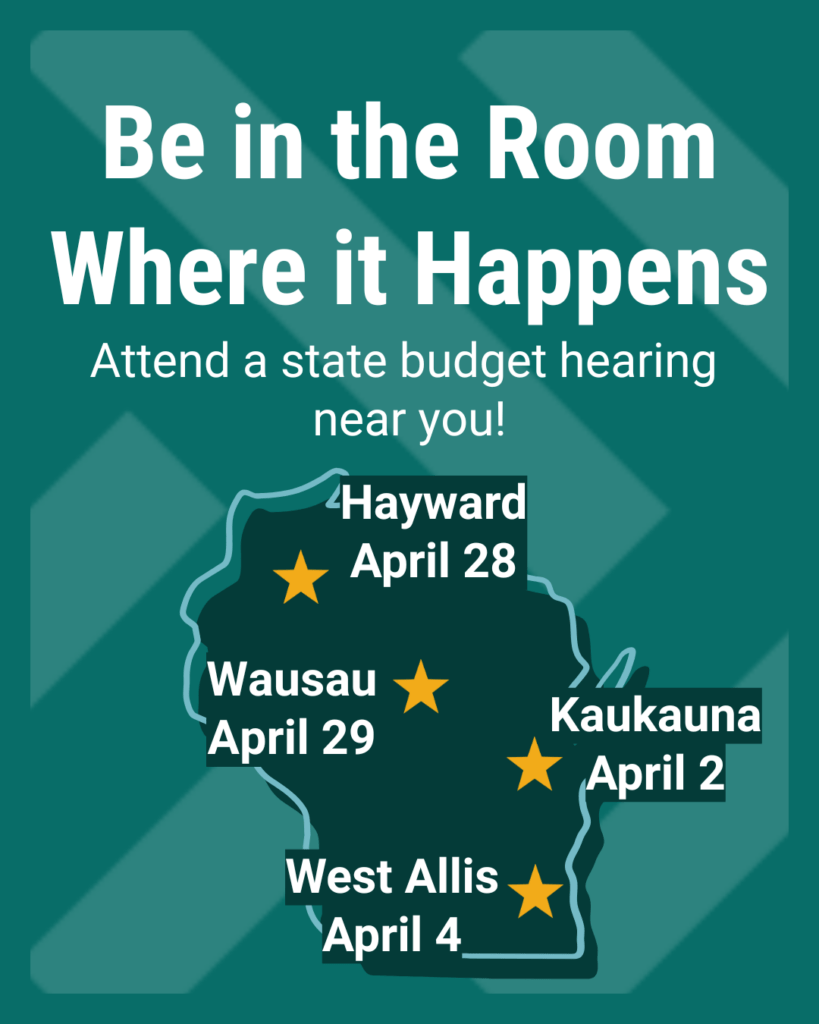Wisconsin has made significant headway in keeping children safe from firearms, but progress has stalled in recent years. Between 1999 and 2009, the number of children killed with guns dropped by more than a third, but since 2010 the number of children killed each year has stayed fairly level.
In 2015, 20 children in Wisconsin were killed with guns, or about one child every 18 days on average. This brings the total number of children in Wisconsin killed with guns between the years 1999 and 2015 to 428.
Which Children Die, and How
Homicides made up just under half of the child deaths from firearms between 1999 and 2015, or 48% of the total. Another 45% of the deaths in Wisconsin were suicide. Accidental deaths from guns made up seven percent of the total, or 28 child deaths.
Firearms are the third leading cause of injury death for Wisconsin children overall, and caused more child deaths between 1999 and 2015 than drowning, fires, and falls combined. For African American children in Wisconsin, firearms were the leading cause of injury deaths.
Wisconsin ranked near the middle of the states in overall child death rates from guns — 29th out of 50 states — but that overall ranking hid a great deal of variation in Wisconsin’s ranking in death rates by race. Wisconsin ranks low among the states — 33rd out of 48 states with information — in firearm death rates for white non-Hispanic children, but ranks much higher for deaths of African American children: 7th out of 36 states for which figures are available. Wisconsin’s death rate for African American children killed with firearms was 38% higher than the national average over this period.
Older children are the most likely to be killed with guns, but even the youngest children have been victims. Fifteen children in Wisconsin ages four years and younger were killed with firearms between 1999 and 2015, about one child a year. Another 14 children who were five to nine years old died over this period. The remainder of the children who died were ages 10 or older, with the majority of deaths (72%) occurring among children ages 15 to 17.
Boys made up five out of six children in Wisconsin killed with firearms, or 83%.
Child deaths from firearms occurred across the state, with the largest number occurring in Milwaukee County. Between 1999 and 2015, 173 children in Milwaukee County were killed with firearms. That means that 40%, or four out of every ten firearm deaths of children in Wisconsin, occurred in Milwaukee County. Other counties in which the highest number of children were killed with firearms over this period included Dane (17 deaths), Winnebago (11), Brown (10), Outagamie (10), and Waukesha (10) Counties.
Finding Solutions to Protect Children
Different approaches to protecting children may benefit different populations, in part because the characteristics of children killed with guns vary with race and ethnicity.
Most white non-Hispanic children killed with guns die from suicide; 71% of white non‑Hispanic children killed with guns in Wisconsin die from self-inflicted, intentional injuries, compared to just five percent of African American non-Hispanic children.
The differing causes of death mean that white children would be the ones most likely to benefit from suicide prevention efforts and mental health initiatives like the ones that state lawmakers have expanded in Wisconsin in recent years.
In contrast, children of color are more likely to die from homicide than suicide. Eighty-eight percent of African American non-Hispanic children killed with guns in Wisconsin die from homicide, as well as 92% of Hispanic children and 50% of Asian children — compared to just 20% of White non-Hispanic children.
Because homicide with guns disproportionately affects children of color, they would be the ones most likely to benefit from efforts to reduce violence, strengthen neighborhoods, and expand economic opportunity. Many of these violence-prevention initiatives are funded by the Community Development Block Grant, which President Trump has proposed to eliminate along with other sources of federal funding that support employment services and community improvement programs.
More research is needed to identify the most effective strategies to protect children. But federal lawmakers have long refused to allocate funds to study the causes of gun violence and the best ways to prevent gun deaths. Additional research could help identify the reasons behind both the long-term decline in the number of child fatalities and the recent lack of progress.
Additional information about trends in child firearm deaths in Wisconsin can be found in the 2016 WCCF publication, Child Death Toll: Wisconsin Children Killed by Guns.



